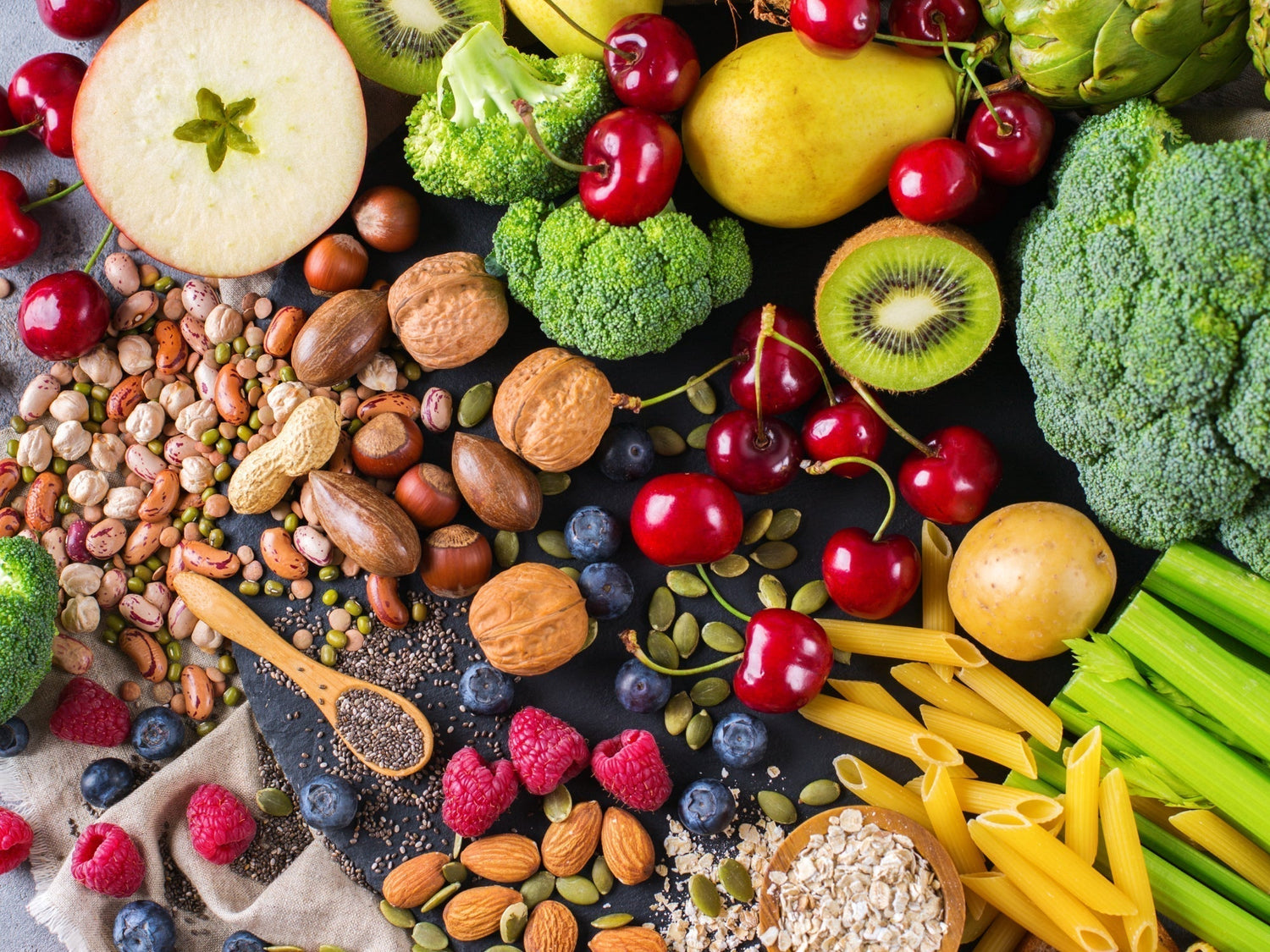As a chemist and chief scientific officer at Sanguina, I've spent years studying how the foods we eat affect our body's most essential systems. One of these effects is how nutrition impacts circulation, the system that delivers oxygen and nutrients throughout our body.
How Do Sugars Impact Circulation?
Sugars are ring-shaped molecules that exist in two forms: simple sugars found in sodas and complex carbohydrates made of multiple sugar molecules linked together in a chain.
Your body processes these sugars differently—depending on their form and how they are consumed. Let’s consider fruits. They contain fructose (a simple sugar) plus fiber and proteins. When eating whole fruits, your body processes these macronutrients simultaneously. This slows the rate of sugar absorption into your system. On the other hand, when sugar is consumed in isolation, like the glucose in a can of soda, it enters your bloodstream quickly, resulting in a “spike” in the amount entering your bloodstream.
When excess glucose (beyond what you need for energy) enters your bloodstream, your body combines it with fat molecules, forming triglycerides—the storage form of fat. If you're drinking a soda while eating a fatty meal, that can be a recipe for pretty extensive fat storage, increasing your risk of obesity. More frightening is the damage the excess sugar does to your blood vessels, as the cells lining those vessels experience higher levels of inflammation when exposed to glucose. Over time, that inflammation can lead to the accumulation of cholesterol and triglycerides in blood vessels, increasing the risk of heart disease and stroke.
What Role Do Different Fats Play?
Not all fats are created equal when it comes to circulatory health. Omega-3 fatty acids, found in fatty fish and nuts, help reduce inflammation and keep your blood vessels clear. On the other hand, when consumed with sugary foods, saturated fats from processed foods and animal products can build up plaque in your blood vessels—these are the fats that are solid at room temperature, like butter or lard.
Which Foods Support Healthy Blood Flow?
Several nutrients work together to maintain healthy circulation. Antioxidants from fruits and vegetables act as protective compounds for blood vessel walls. Fiber plays a crucial role in regulating cholesterol levels, while vitamins C and E support blood vessel function. Magnesium aids in maintaining healthy blood flow by helping your blood vessels relax and dilate.
Supporting Circulation Through Diet
You can improve your circulation by making strategic food choices. Focus on nutrient-rich foods like berries, leafy greens, nuts, and fatty fish. Garlic, pomegranates, and beets are particularly effective at supporting healthy blood flow.
Here are five ways to start:
-
Choose whole fruits over fruit juices or sugary drinks
-
Include fatty fish in your meals 2-3 times per week
-
Limit processed foods high in saturated fats, salt, and added sugars
-
Add colorful vegetables to every meal
- Stay hydrated with water throughout the day
Understanding how nutrition affects circulation is key to making informed dietary choices. Small changes in what you eat can significantly improve your circulatory health. I encourage you to share this knowledge with others who might benefit from understanding the crucial connection between nutrition and circulation.





Leave a comment
This site is protected by hCaptcha and the hCaptcha Privacy Policy and Terms of Service apply.